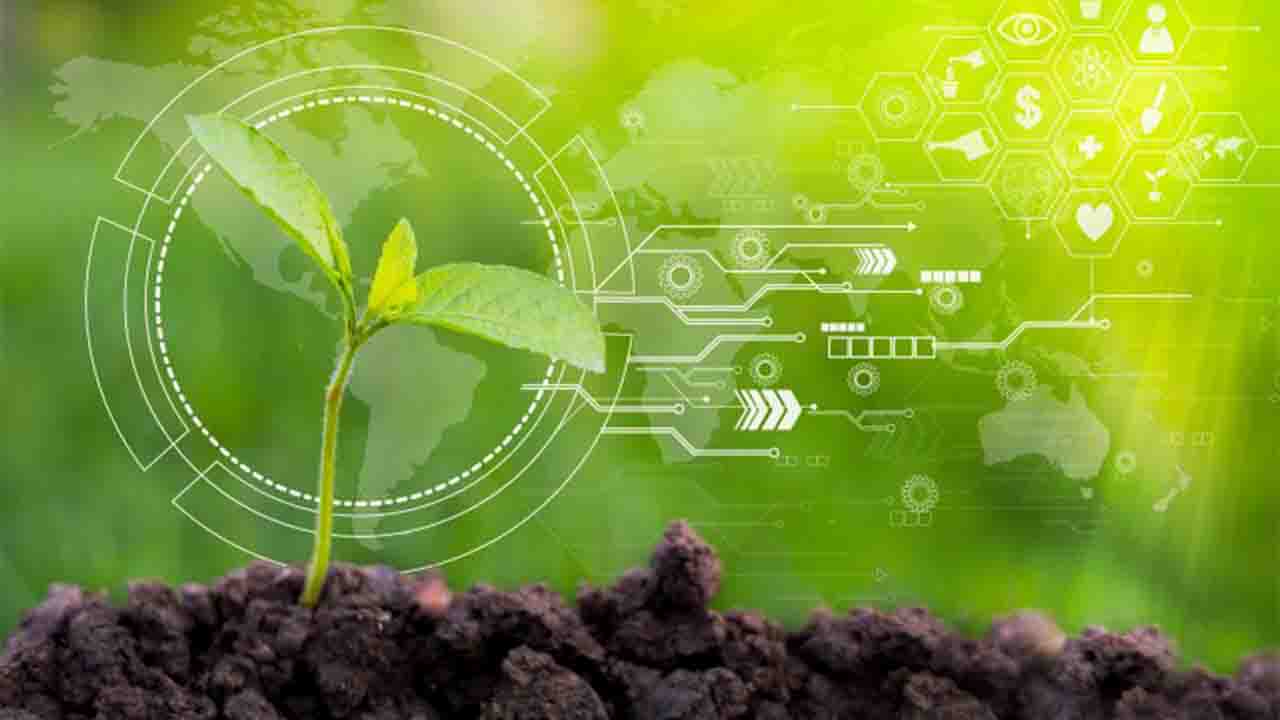The world’s population is expected to reach 9.7 billion by 2050, and with it, the demand for food will increase by 50%. In order to meet this demand, agricultural production will need to increase significantly. This will require a number of innovations in crop yield and efficiency.
One area of innovation is the development of new crop varieties that are more resistant to pests and diseases, and that can tolerate drought and other environmental stresses. These new varieties can help to increase crop yields by up to 50%.
Another area of innovation is the use of precision agriculture techniques. Precision agriculture uses data from sensors and satellites to monitor crop conditions and apply inputs, such as water and fertilizer, in a more precise and efficient manner. This can help to increase crop yields by up to 20%.
In addition to these technological innovations, there are also a number of social and economic factors that will need to be addressed in order to increase crop yield and efficiency.
These include:
- Improving access to land and water resources
- Investing in agricultural research and development
- Providing farmers with access to credit and markets
- Educating farmers about new technologies and practices
- By addressing these challenges, we can help to ensure that the world has enough food to feed its growing population.
New crop varieties: New crop varieties are developed through a process of plant breeding. Plant breeders select desirable traits, such as resistance to pests and diseases, tolerance to drought, and high yield. These new varieties are then tested in a variety of environments to ensure that they are suitable for commercial production.
Precision agriculture: Precision agriculture uses data from sensors and satellites to monitor crop conditions and apply inputs, such as water and fertilizer, in a more precise and efficient manner. This can help to increase crop yields by up to 20%. Sensors can be used to measure soil moisture, crop growth, and pest infestation. This data can then be used to create maps of crop conditions, which can be used to guide decisions about irrigation, fertilization, and pest control.
Access to land and water resources: Land and water are two of the most important resources for agriculture. In many parts of the world, access to these resources is limited. This can limit the ability of farmers to increase crop yields. Governments can help to address this challenge by investing in land reform and water conservation programs.
Investing in agricultural research and development: Agricultural research and development (R&D) is essential for developing new crop varieties and technologies that can help to increase crop yields. Governments and private companies can invest in agricultural R&D to help ensure that the world has enough food to feed its growing population.
Providing farmers with access to credit and markets: Farmers need access to credit in order to purchase inputs, such as seeds, fertilizer, and machinery. They also need access to markets in order to sell their crops. Governments can help to address this challenge by providing farmers with access to credit and by developing market linkages.
Educating farmers about new technologies and practices: Farmers need to be aware of new technologies and practices in order to use them to their advantage. Governments and non-governmental organizations (NGOs) can help to educate farmers about new technologies and practices through extension programs. By addressing the challenges mentioned above, we can help to ensure that the world has enough food to feed its growing population.











